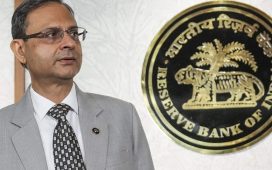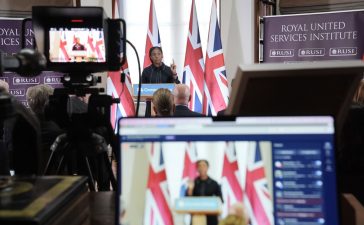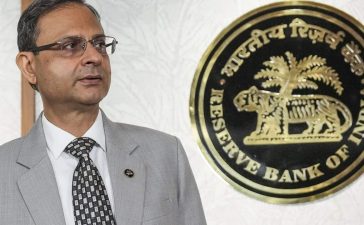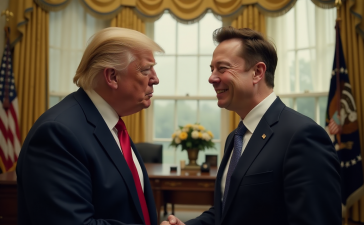
The U.S. Federal Reserve does not need to make an emergency rate cut, despite recent weaker-than-expected economic data, according to Claudia Sahm, chief economist at New Century Advisors.
Speaking to CNBC “Street Signs Asia,” Sahm said “we don’t need an emergency cut, from what we know right now, I don’t think that there’s everything that will make that necessary.”
She said, however, there is a good case for a 50-basis-point cut, adding that the Fed needs to “back off” its restrictive monetary policy.
While the Fed is intentionally putting downward pressure on the U.S. economy using interest rates, Sahm warned the central bank needs to be watchful and not wait too long before cutting rates, as interest rate changes take a long time to work through the economy.
“The best case is they start easing gradually, ahead of time. So what I talk about is the risk [of a recession], and I still feel very strongly that this risk is there,” she said.
Sahm was the economist who introduced the so-called Sahm rule, which states that the initial phase of a recession has started when the three-month moving average of the U.S. unemployment rate is at least half a percentage point higher than the 12-month low.
Lower-than-expected manufacturing numbers, as well as higher-than-forecast unemployment fueled recession fears and sparked a rout in global markets early this week.
The U.S. employment rate stood at 4.3% in July, which crosses the 0.5-percentage-point threshold. The indicator is widely recognized for its simplicity and ability to quickly reflect the onset of a recession, and has never failed to indicate a recession in cases stretching back to 1953.
When asked if the U.S. economy is in a recession, Sahm said no, although she added that there is “no guarantee” of where the economy will go next. Should further weakening occur, then it could be pushed into a recession.
“We need to see the labor market stabilize. We need to see growth level out. The weakening is a real problem, particularly if what July showed us holds up, that that pace worsens.”










